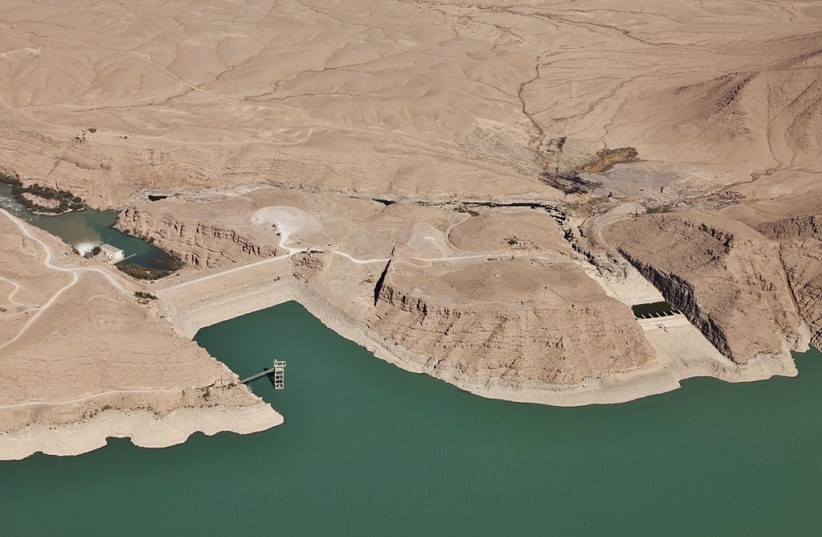Iran’s special envoy to Afghanistan Hassan Kazemi Qomi said over the weekend that the Taliban are willing to be more flexible regarding Iran wanting access to the Kajaki Dam. This agreement would allow Iranian experts access to inspect, Iran’s Tehran Times and Fars News reported. Tasnim News said that the Taliban had given “consent to dam supply check.”
The dam was built in the 1950s and is located on the Helmand River in the Kajaki district of the eponymous province. It has a hydroelectric power station. The Helmand province is known for opium cultivation, among other things, but recent reports say that the Taliban’s war on drugs has reduced production.
Addressing water tensions between Iran and Afghanistan
Iran believes that this is a good first step to address the tensions with Afghanistan, as it acknowledges that there is a lack of water coming from there. According to Iranian pro-regime media, Iran and Afghanistan are locked in a dispute over the Helmand River, which flows from an area in the mountains near Kabul some 700 miles until it reaches wetlands in Iran’s southeastern Sistan-Baluchestan province.

A treaty that dates back to 1973, when the shah was still in power in Iran, and before the Soviet invasion of Afghanistan, was signed between the two countries. It guarantees that Iran would receive some 820 million cubic meters of water annually.
By contrast, according to the 1962 agreement about dividing water from the Lower Basin of the Colorado River in the US, Nevada receives 370 million cubic meters (300,000 acre-feet), compared to California and Arizona, which receive much more water from the agreement. The dispute between these states amid water shortages in the last several years is not exactly similar to the Taliban-Iran dispute, but it has similarities in terms of water scarcity.
Iran and the Taliban seek to put their water problems behind them and work on a sustainable future. “We are two neighboring countries with a long common border, and have religious commonalities, an ancient relationship between the governments, the civilization field, from the point of view Afghanistan’s economy and trade is a good trade market in the field of our exports, as a market, we must count on it and pay attention to it, and we must create structures and laws appropriate to the development of commercial and economic relations, among the countries that we export to, among the first countries,” said the Iranian envoy.
Tensions flared with the Taliban in the last months over the dam dispute. According to the Tehran Times report, “Iranian President Ebrahim Raisi issued a warning to the Taliban leaders in May that they would be held accountable if they failed to deliver the province of Sistan-Baluchestan in southeast Iran with its fair share of water from the river.” Iran has demanded that Afghanistan enable Iranian specialists to observe the situation at the Kajakai Dam.
Now, the Taliban officials said this is all water under the bridge, as it were, and they are “committed to Iran’s rights to the Helmand River.” Both now say they are seeking to repair relations.
